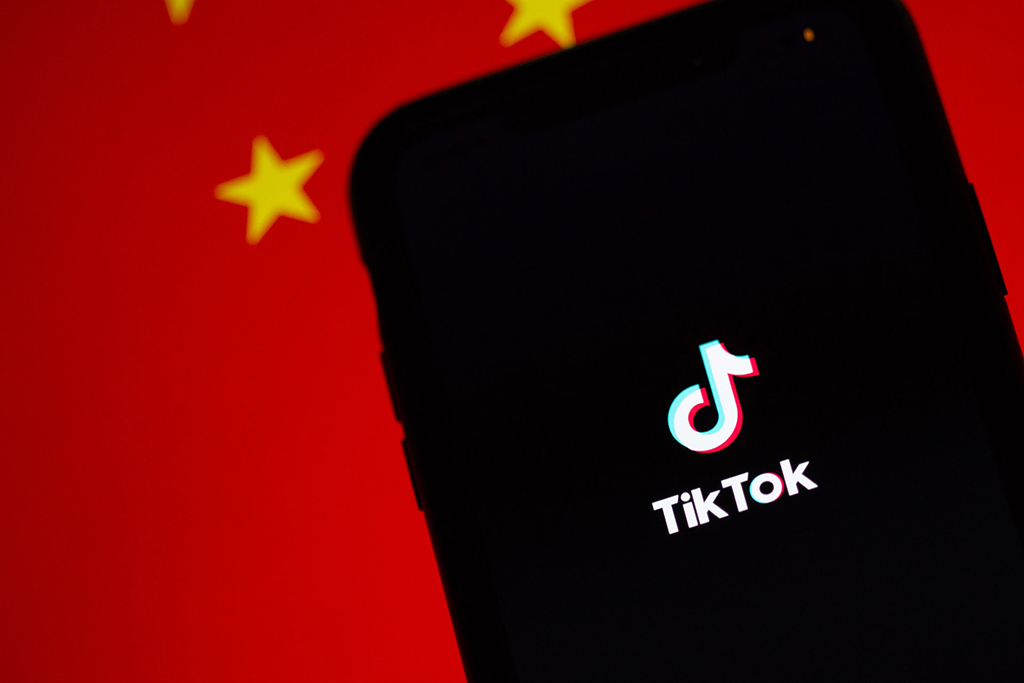
The geo-technological fallout from the TikTok war goes much further than the possible impact of the bans that are starting to be imposed on the app, which is used to exchange short videos and is owned by Chinese capital. The ban, first in India, and possibly to be followed by the US and Australia, against an entire string of Chinese apps, could have negative consequences for the technological development of the People’s Republic. It is part of the general tussle that various players in different arenas are waging against China. It has highlighted the fact that China has weaknesses and makes blunders in its foreign and security policy, such as the armed skirmish with India in a disputed border area in the Ladakh region of the Himalayas. Few analysts doubt that the banning of these apps by India is closely related to the incident.
The TikTok social media platform, with around 800 million users throughout the world, is owned by the giant Chinese corporation ByteDance, and has its greatest following in India (some 100 million downloads in 2020, taking it to a total of 200 million, followed by the US and Brazil). Amid the coronavirus lockdowns, TikTok, which enables users to create and share brief videos, has surpassed, with 315 million, the record number of times a single app has been downloaded in one quarter. Designed for the amusement of teenagers, it has a growing political dimension, a case in point being the use made of it by the Black Lives Matter movement in the US, where it has been accused of undermining the current Trump campaign. TikTok is not available in China, although the similar Douyin, from which TikTok emerged for the rest of the world, is available.
The official reason given by the Indian government for banning this and another 58 Chinese apps –including some notable ones such as WeChat, the Alibaba browser, the Weibo microblogging platform, the Clash of Kings strategy game, as well as mapping applications– is that it is ‘prejudicial to the sovereignty and integrity of India, defence of India, security of state and public order’, accusing the apps of the ability to pass on user-generated data to the Chinese government. TikTok, which for several months has been headed by a US former Disney director, denies this, affirming that it stores its data in the US, with a back-up copy in Singapore. Indeed, nobody has produced evidence to the contrary. ByteDance has withdrawn from the Hong Kong market, and TikTok from the former British colony, after the enactment of the new Security Law that forces companies to hand over data relating to their users there to the Chinese authorities if they request it. In fact, the enforcement of this law in Hong Kong has opened a Pandora’s box. The Internet in Hong Kong has been moved behind the Great Chinese Firewall, and various large tech companies have temporarily decided to suspend their cooperation with the local government (with the prominent exception of Apple). The US Departments of State and Defence had already banned their employees, including all servicemen and women, from downloading the app on official phones. Wells Fargo, the bank, has followed suit. Amazon threatened to ban its employees from using it if they accessed corporate emails from their mobiles, but later backtracked.
India is an essential market for the technological development of China, although not in terms of income (last year it accounted for less than 1% of ByteDance’s global revenue). Last year, six of the 10 most downloaded apps in India were Chinese. There is also an element of tech-nationalism on the part of India, which wants to develop its own homegrown industry in this area; the ban has helped give the industry a boost amid the context of many young people –including influencers– needing to continue using this type of application.
In the wake of the Indian ban at the end of June more may come elsewhere. America’s Secretary of State, Mike Pompeo, has hinted that the US is studying a similar prohibition owing to the threat to national security. The White House may also be considering placing the app and/or its parent company on a blacklist that would prevent the app from adapting to the future updates of the market-leading Apple and Google operating systems, although the company could then transfer its headquarters to Canada to get round such a ban. A ‘domino effect’ of this and other cases would undermine the foundations of the ‘digital Silk Road’ that Beijing is trying to push in parallel to other aspects of the Belt and Road initiative, which, among other things, seeks to encircle India.
The Indian announcement puts the technological development of China at risk, even more so if other economies follow suit, and comes on top of what the US is doing to slow it down with, among other measures, a limit on the sales of advanced semiconductor supplies, on which China is dependent, and the attempt to asphyxiate Huawei by restricting the sale of equipment for 5G networks in some of its allies (the UK, a significant market, being the most recent). Apps are a flourishing component of online services, one of the central areas of rivalry between the US and China, with Europe also being dragged into the conflict. They are also a major source of data for developing Artificial Intelligence, including facial recognition technology. And they also play a major role when it comes to setting global technology standards, a race in which China is extremely active. There is much more at stake than a simple application for teenagers.


